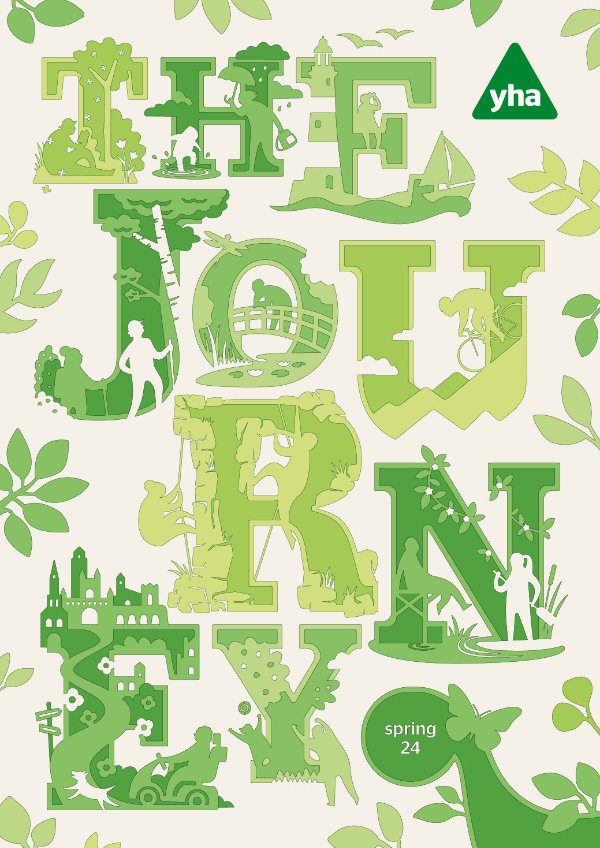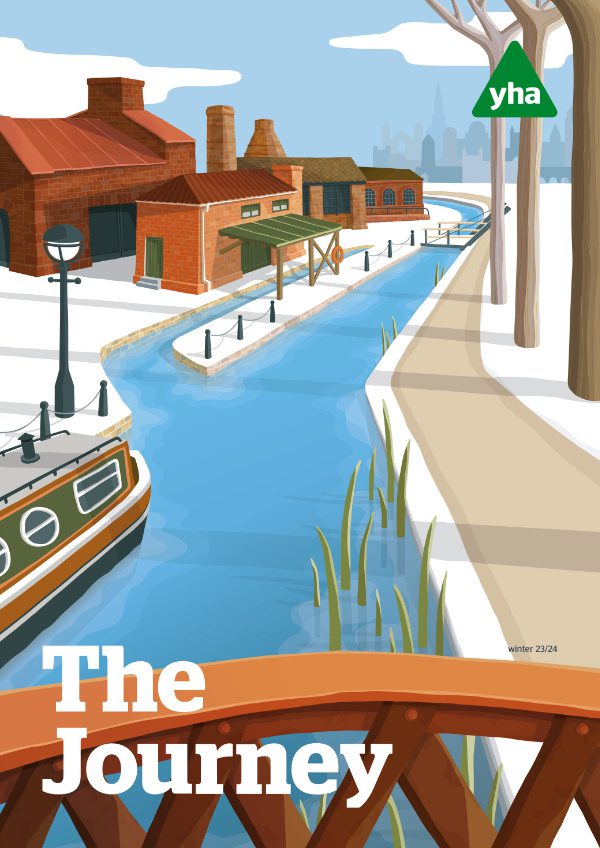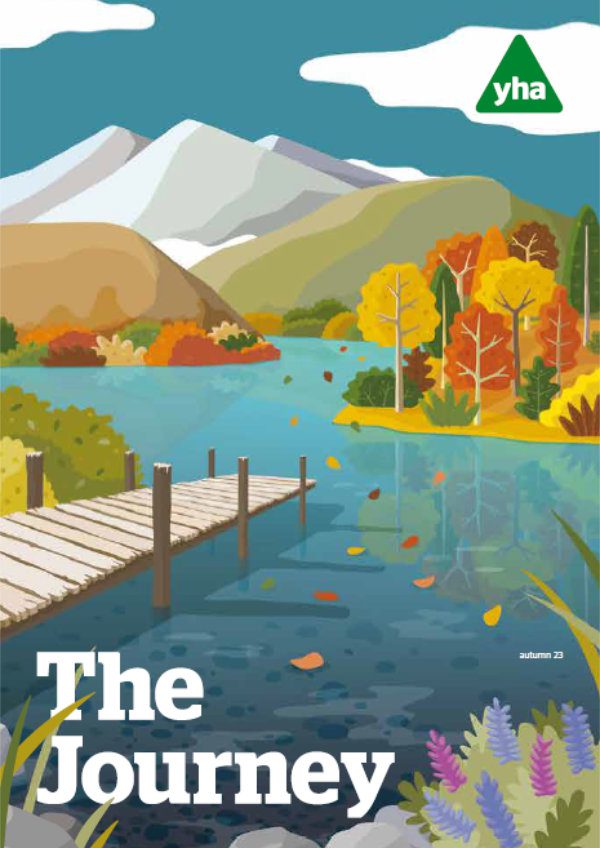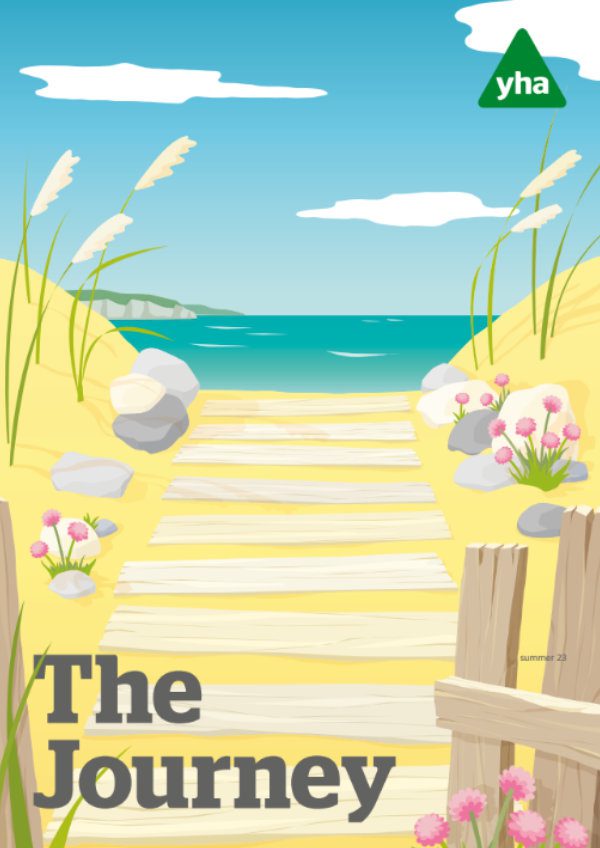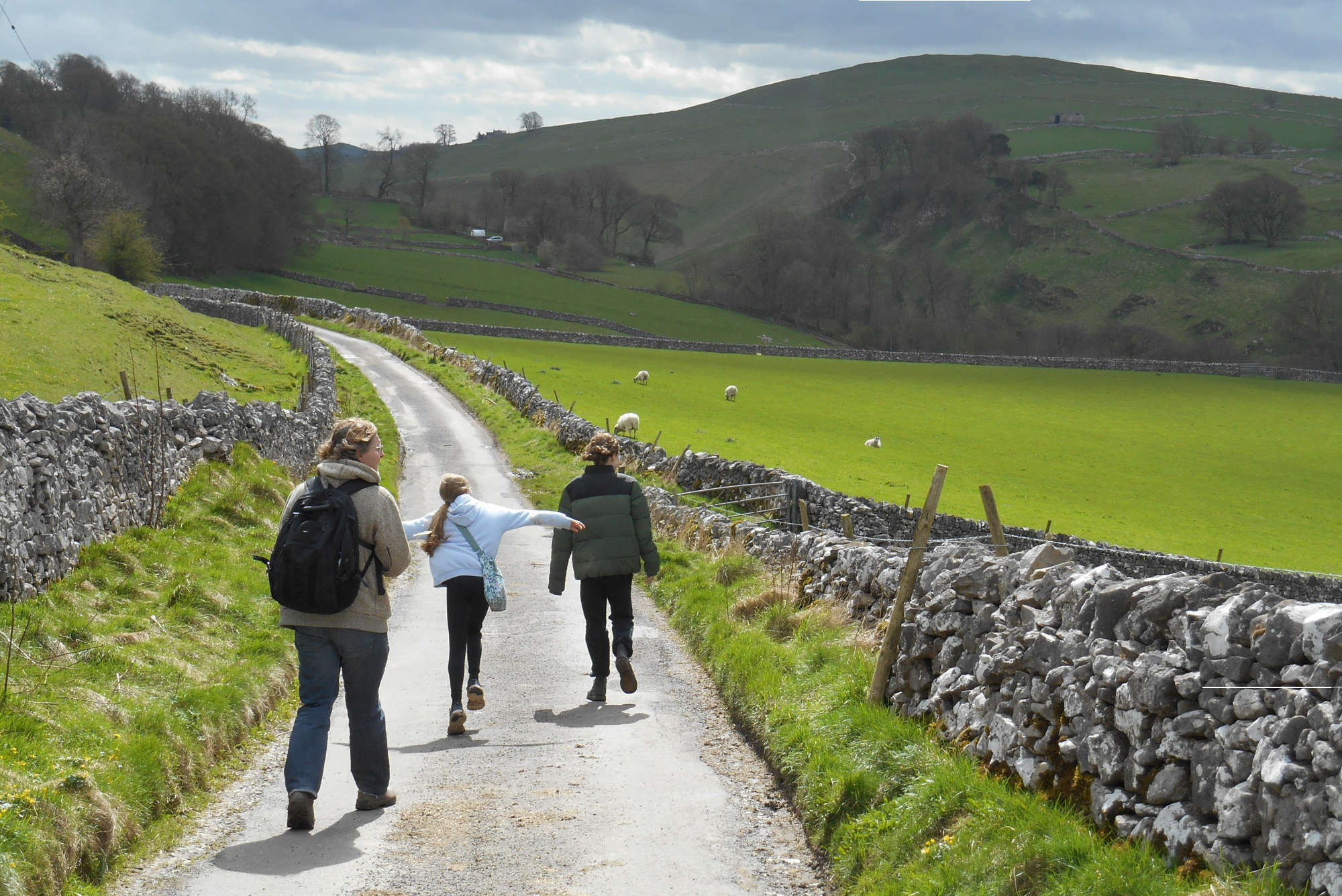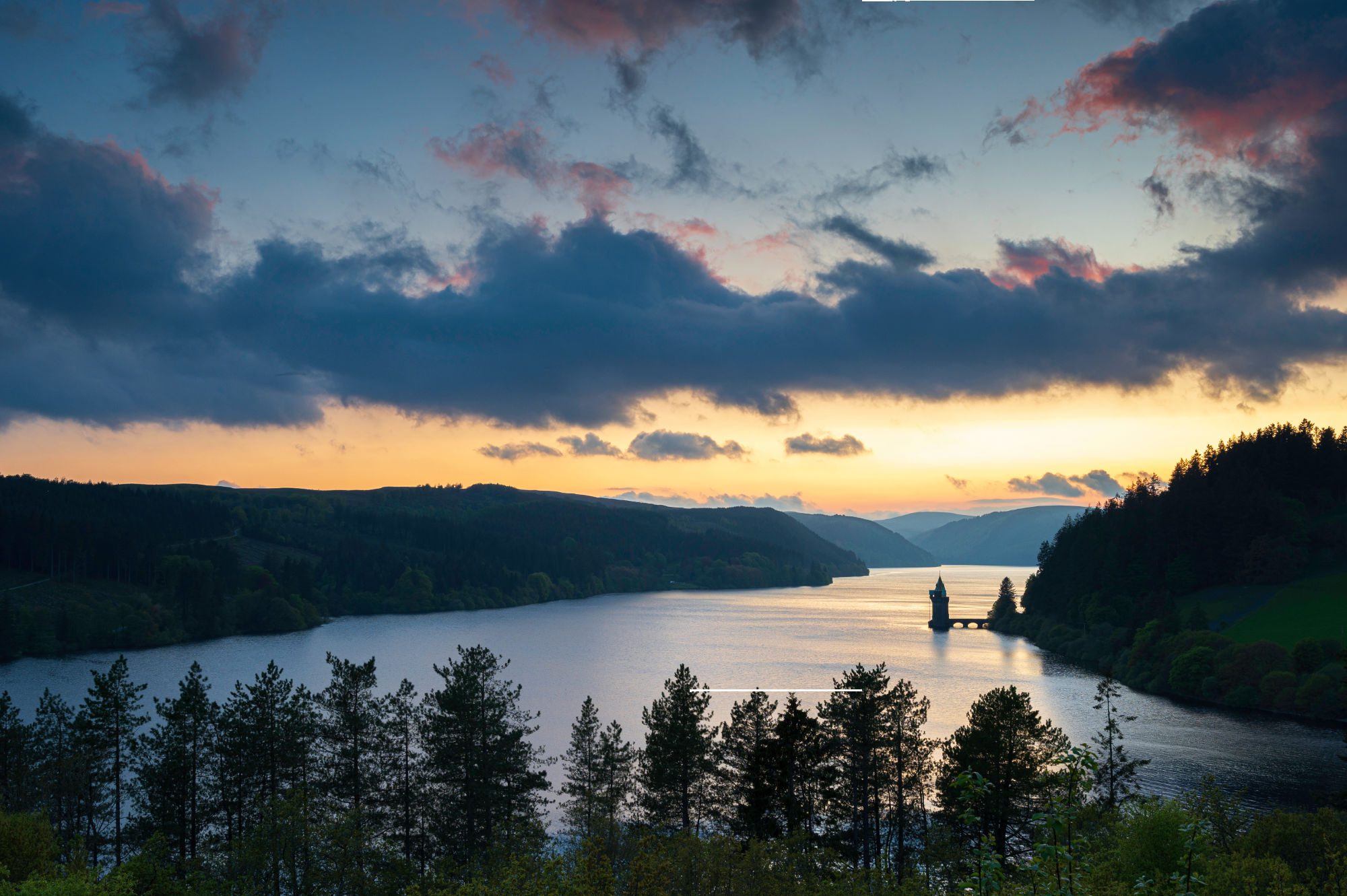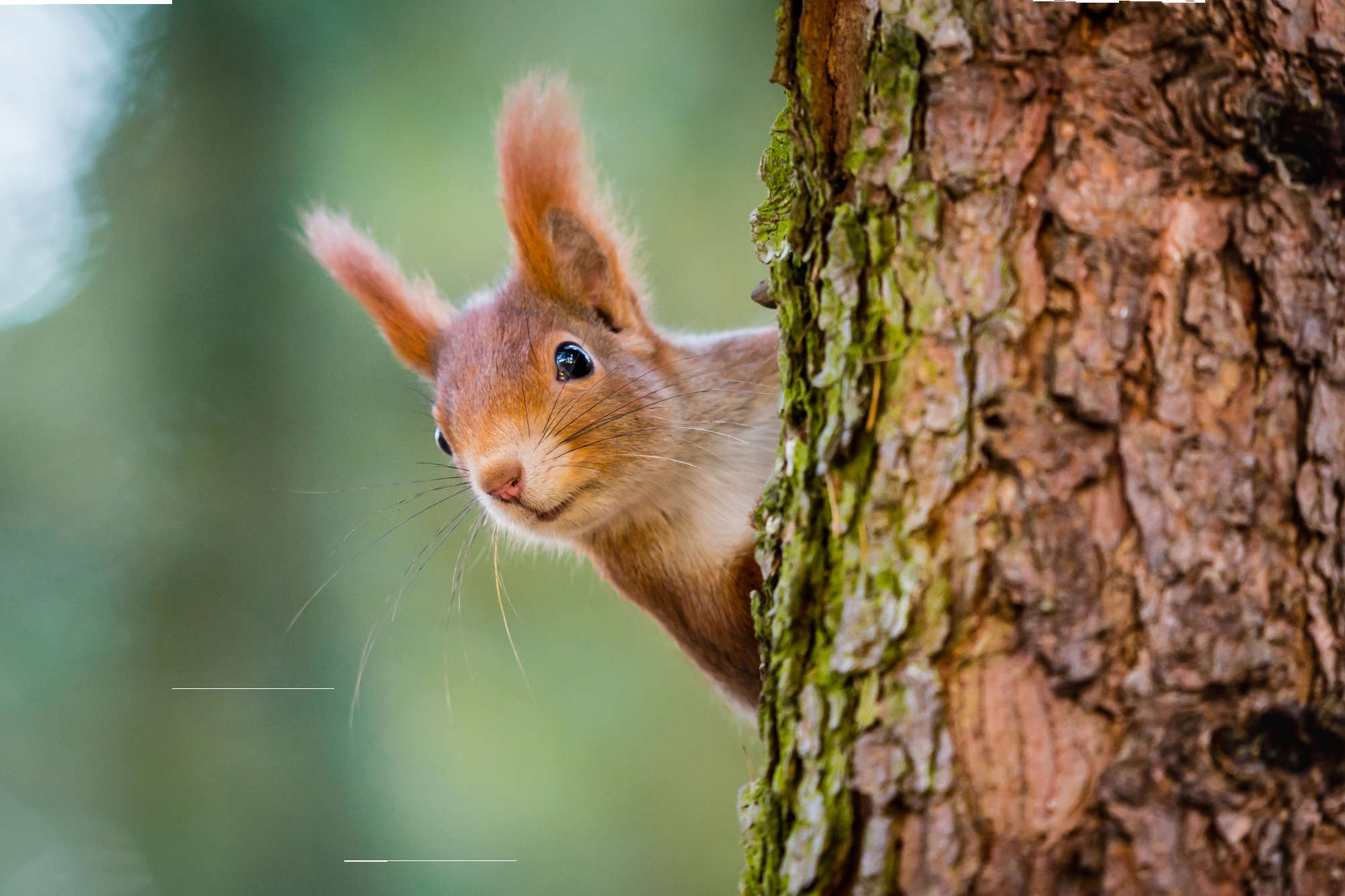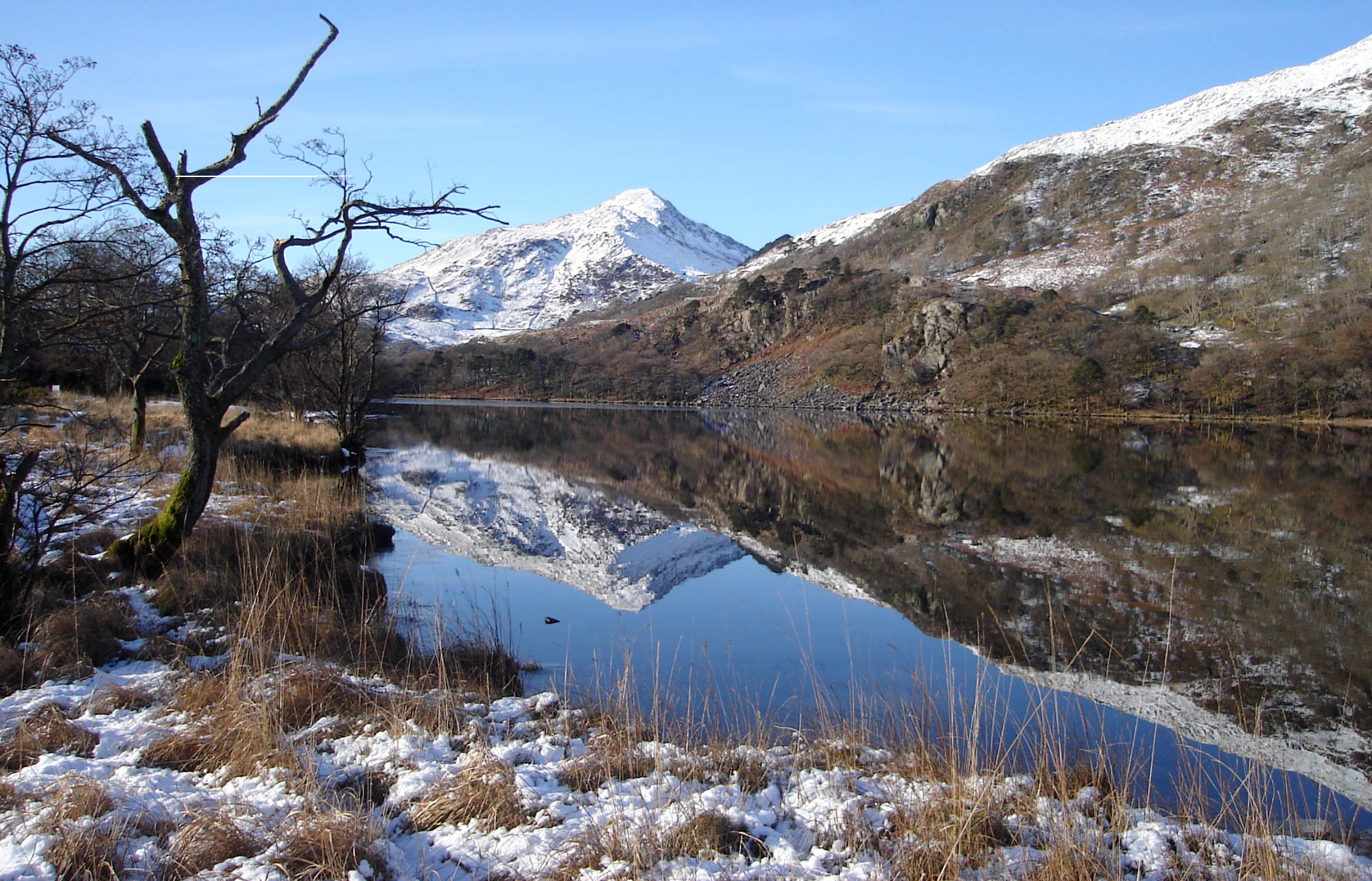Simon Garrett worked for Bristol Zoo for 32 years, ultimately as head of public engagement. He now works for Nature Positive, an environmental management consultancy. Here he gives his tips on how to encourage people to play their part in conservation.
“In my view, it’s about engaging people via their everyday lives. Most zoos, for example, focus their conservation efforts on breeding endangered species and supporting fieldwork. To my mind, this is similar to people letting parts of their garden grow wild or putting up bug boxes. They’re lovely, positive things, but they’re not really addressing the key problems. You can breed as many gorillas as you like, but that doesn’t solve the major issues that are affecting gorillas.
Wildlife conservation is not about wildlife — it’s about people. The meaningful things are what we’re doing in our everyday lives: the food we’re eating, the stuff we’re buying, the daily activities we’re doing. But we tend to divorce our view of what we can do for wildlife from our normal lives. It’s easy to think that if we’ve gone to a nature reserve or joined a Wildlife Trust then we’ve done our bit, but that’s no good if we carry on buying things which are destructive to the environment.
It can be really effective to target the thin end of the wedge. People want — and need — quick and simple things that they can do. At the zoo, we did a lot of work around Forest Stewardship Council (FSC) certified timber. If you just say “go and look for this logo”, people are unlikely to do it. So we focused on kitchen roll, which seems almost insanely superfluous, but we set up a pretend supermarket and got families to compete to find the FSC kitchen roll on our shelves. By replicating a frequent behaviour, but with a new twist, it helps people change their own self-perception. They start thinking “oh, I’m the kind of person who looks for this logo”. Then, when they come to buy other wood and paper products, they are more likely to want to be consistent, and do the same.
There’s been a hugely successful campaign in Australia around recycled toilet roll. Their research showed that everyone knew it would be better for wildlife if they bought recycled toilet rolls, but the perception was that it was rough to use, expensive and not strong enough. So their whole campaign was about softness, price and strength, not wildlife. Once you understand the psychology, you can address it. Over a quarter of a million people have now pledged to switch to recycled toilet paper.
If you tell people they have to change their whole lifestyle, they’re going to be resistant. It’s got to be a social movement, bit by bit. Another recent Australian campaign was around balloon releases, a practice which is common at celebrations and memorial services in many countries. It was normalised behaviour, but hugely damaging to the environment, particularly seabirds. So they encouraged people to 31pledge to blow bubbles as an alternative. There was no guilt-tripping or finger-pointing. Four years later, it’s now illegal to release helium balloons in the state of Victoria. To me, that’s the big impact, ticking things off one by one.
There’s a hidden groundswell of positive things happening. Most conservation messaging is still apocalyptic, and I think people don’t realise how much positive change is already going on. Find out what your company’s doing, what your supermarket’s doing, find out what you can do in your day-to-day life. In the early days of recycling, a study showed that the most effective way of getting people to recycle was if they thought that other people in their street were recycling. It galvanises people. So the message is, start with those everyday things, and let others know you’re doing them — that’s how progress happens.”
Simon was also part of the Natural History Consortium for many years, which runs the annual Communicate Conference, the UK’s leading annual conference for environmental communicators. This year’s event is on the 14th, 15th and 16th November.
Photo credit: Adobe stock – Smileus
Read next: Three of the best insulated jackets
